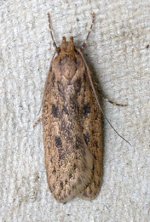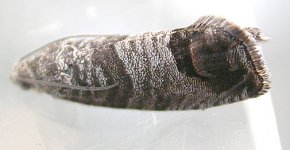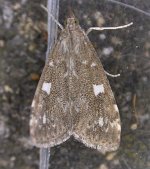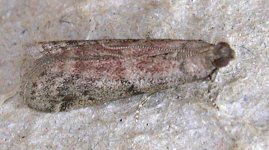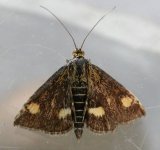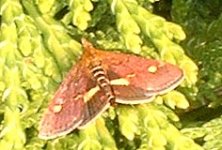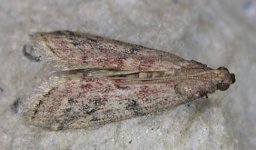Any pointers on these would be welcome:
1. 4 June - is this just a brown house moth?
2. 15 May - ?
3. 28 May - I think this is the same as Ken's moth id'ed earlier today - Udea olivalis?
4. 24 May - have had quite a few of these - sorry not v good photo
5. 4 June - I think this is a pyralid.
Thanks
Andrew
1. 4 June - is this just a brown house moth?
2. 15 May - ?
3. 28 May - I think this is the same as Ken's moth id'ed earlier today - Udea olivalis?
4. 24 May - have had quite a few of these - sorry not v good photo
5. 4 June - I think this is a pyralid.
Thanks
Andrew




